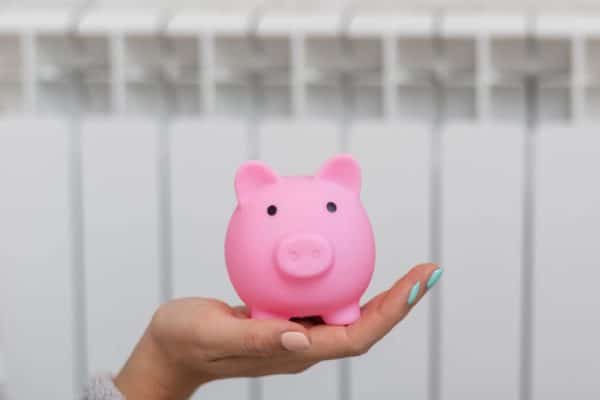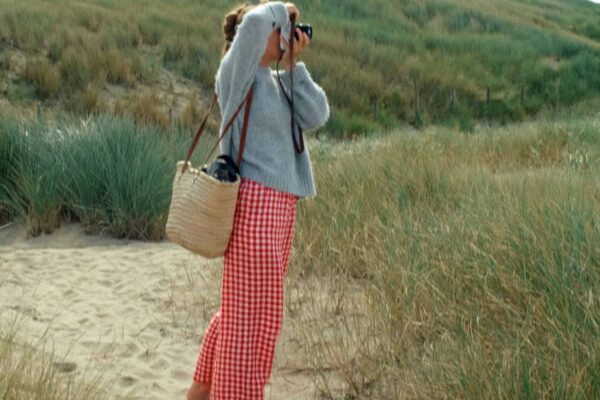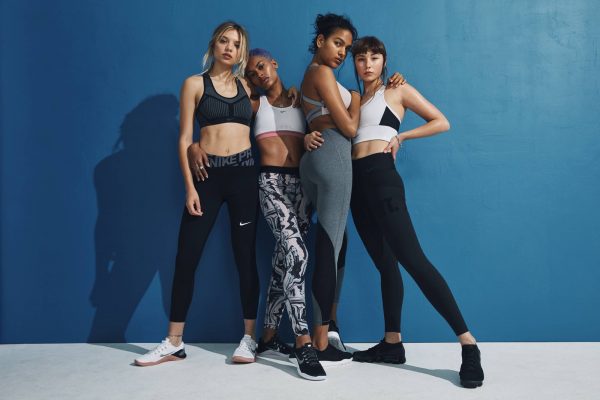When I first started living a low-waste lifestyle almost ten years ago, I didn’t have one of those lightning-bolt moments that prompted me to start.
There wasn’t a single article or social media post that made me think, “Wow, I really need to change my habits”. It was more of a gradual awakening.
The throwaway mentality was firmly embedded back then. I lived the single-use life and didn’t give a second thought to all the packaging I was throwing away.
Every bowl of food covered in plastic cling wrap was discarded moments later. My daily caffeine hit came housed in a single-use cup. I would happily accept a plastic bag at the grocery store only to throw it in the bin as soon as I got home.
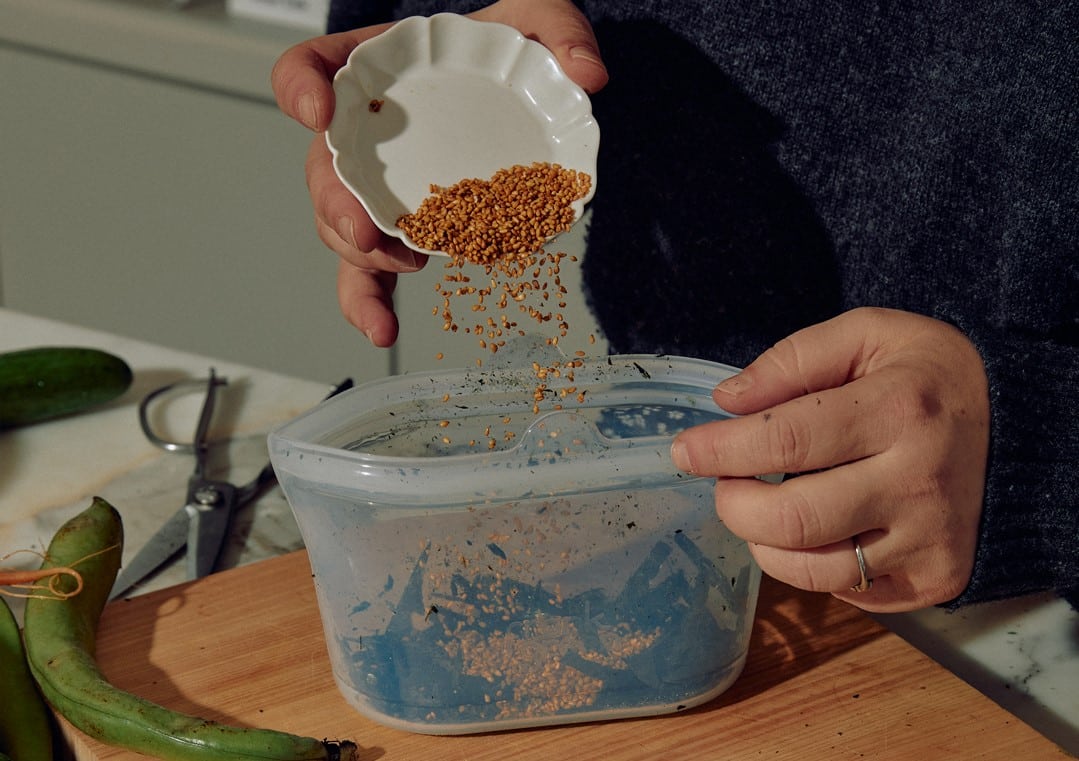
I remember I had a bunch of old hand-me-down Tupperware containers I used for lunches and leftovers. But that was the extent of my eco-consciousness. Which, if I’m honest was more about convenience than caring for the planet.
So, with my gradual awakening, small habits started to form around replacing single-use with reusables.
The first thing I did was order reusable coffee cups and water bottles from Biome – the only planet-friendly store back then.
Then Dave suggested starting a compost. We began taking reusable bags to the grocery store. I finally ditched the cling wrap and invested in some wax wraps. All these small sustainable swaps, one at a time that snowballed to become the lifestyle we live now.
Perfect zero-waste living doesn’t actually exist
I still create waste and often use single-use products. But I am far more conscious of the waste I’m creating and try to opt for reusables where I can.
The fact is, every product we buy – disposable or reusable – leaves a mark on the world. No matter how it was made or how many times it’s designed to be used.
Living a low-waste lifestyle doesn’t mean we won’t produce waste.
Living a low-waste lifestyle means using what we already have and taking a moment to consider whether we really need something before buying it. And when we do need something, purchasing with intention. Identifying the areas of our lives where we could invest in a reusable versus the disposable option – and keep using them for many years to come.
So, if you’re ready to start making some sustainable swaps, this is a good place to start. I’m sharing my best investments from almost ten years of trying and testing all sorts of reusables.
Here are 9 things I no longer buy, thanks to living low-waste
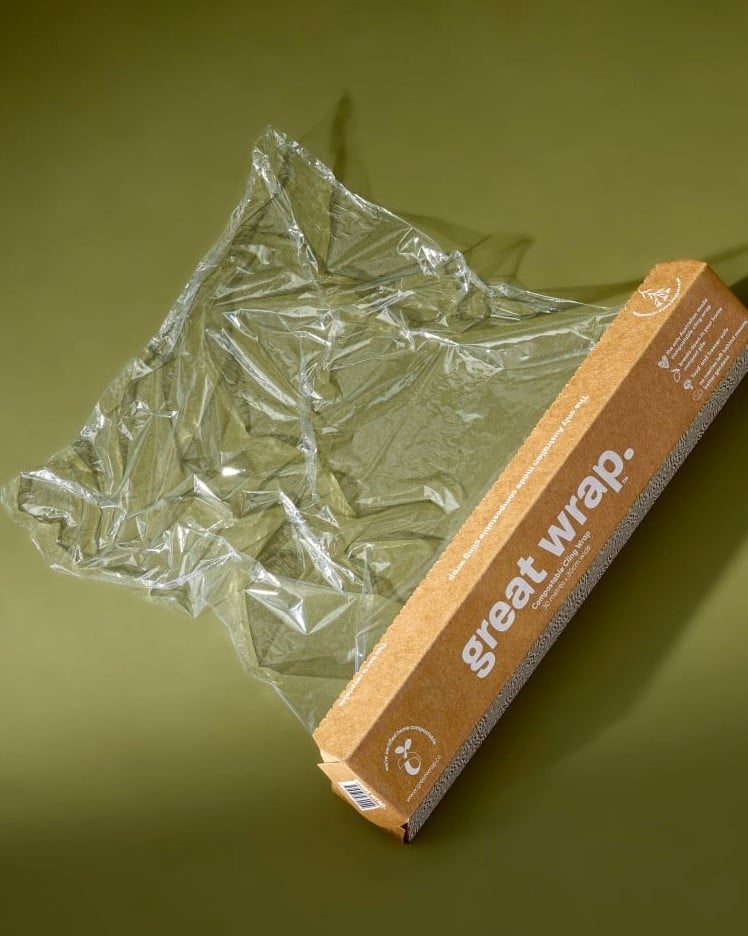
Paper Towels
Paper towels are undeniably convenient. But considering Australians use about 2.75 million paper towels every year, that’s a lot of trees being cut down to clean up a spill.
Instead, I now have a pile of reusable dishcloths and tea towels on hand. Once they’re used, chuck them in the wash, ready to be used again. I also like these handy cotton unpaper towels to keep on the kitchen bench. I promise reusable dishcloths will work better than paper towels, and the trees will thank you.
Cling wrap
A staple in most kitchens, it may save your sandwich, but it’s also an environmental nightmare. Being thin and flimsy, cling wrap is really difficult to recycle; it often contaminates recycling and can clog up machines.
Fortunately, there are so many fantastic alternatives to plastic cling wrap.
- Wax wraps – Arguably one of the most versatile cling wrap alternatives. They come in an array of sizes and can be used to wrap sandwiches, cheese, and most solid foods, cover bowls, or folded down to create a little pocket or pouch for snacks. Beeswax is traditional wax used, but there are also vegan-friendly options available.
- Silicone pouches – Your plastic zip lock bag replacement – only better! Silicone pouches seal airtight so they can be used for chopped up food, leftovers, dry foods, and even storing liquids. They’re heat safe, so can be used in warm water to defrost food in the microwave or hot water, plus they’re dishwasher safe.
- If you do need to use cling wrap for any reason, opt for a home compostable wrap. Some brands I recommend are Great Wrap and Compostic.
Oil sprays
Oil spray cans aren’t plastic, but they are single-use and, depending on your local council recycling guides, destined to slowly degrade in landfill for hundreds of years. I bought one of these refillable spray bottles and have never looked back. The pro tip here is to invest in a good quality bottle that will be with you for years.
Dish brushes
Plastic dish brushes will take up to 400 years to break down in landfill. I’ve swapped mine for these eco-friendly dish brushes, which are made with biodegradable beech with sisal and palm bristles. And when you’re done, you can chuck them in the compost at their end of life.
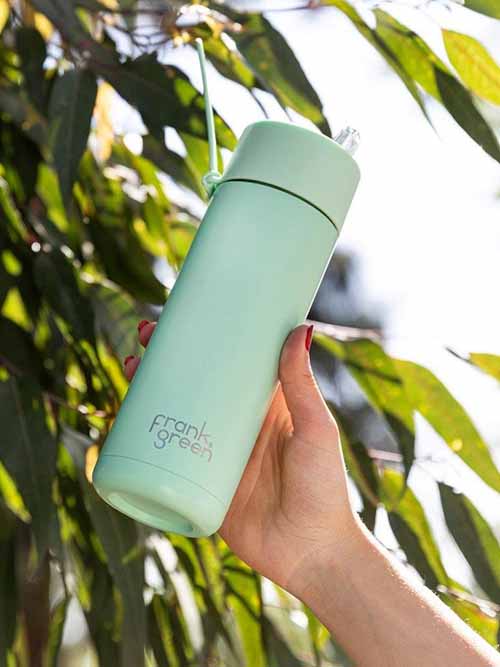
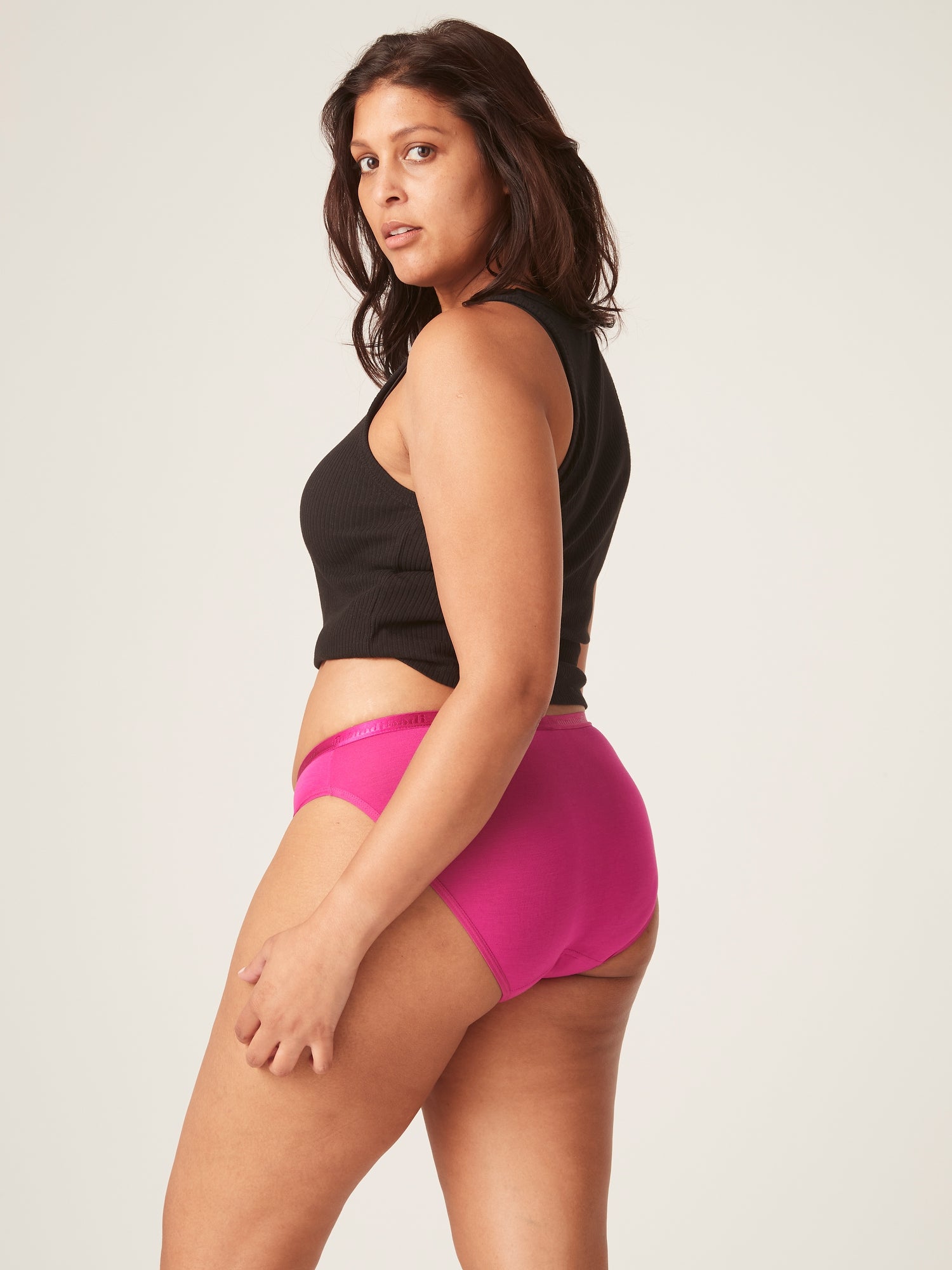
Bottled water
One of the easiest sustainable swaps I made was ditching single-use water bottles for a reusable one to fill on the go. My pick, the cult favourite emotional support water bottle from Frank Green. I’ve had it for four years, and it’s still going strong.
Coffee pods
I get it. I was once a devoted Nespresso lover. That quick caffeine with a simple press of a button was convenient and delicious. But also terrible for the planet. And even though the pods are recycled (when people actually recycle them), it’s still a resource that we can do without using. I made the switch to a French press years ago, and now both the environment and my wallet are thanking me.
Tea bags
The hidden secret of most tea bags is that they contain plastic, which is pretty gross when you think about it. I now buy bulk loose-leaf tea and use this strainer. I also like this teapot with an inbuilt strainer for those multiple-cup days. It’s a small change that makes a big impact.
Tampons
Menstrual products are a very personal choice. Fortunately, there are an array of reusable period products out there, from cups to underwear to clip-on pads. I use reusable underwear with Modibodi as my go-to for the last eight years. Frankly, they are so much more comfortable and easier to use than disposable tampons and pads. They are an investment up front, but over time you will save money.
Face wipes
After a long day or a big night out, the most convenient way to remove your makeup is with a wipe. But that single-use wipe will hang around long after you’ve thrown it away. This one is another fairly simple swap. Invest in some reusable cotton or bamboo rounds and a few face clothes. Add a bottle of micellar water, and you have yourself an eco-friendly makeup remover.
